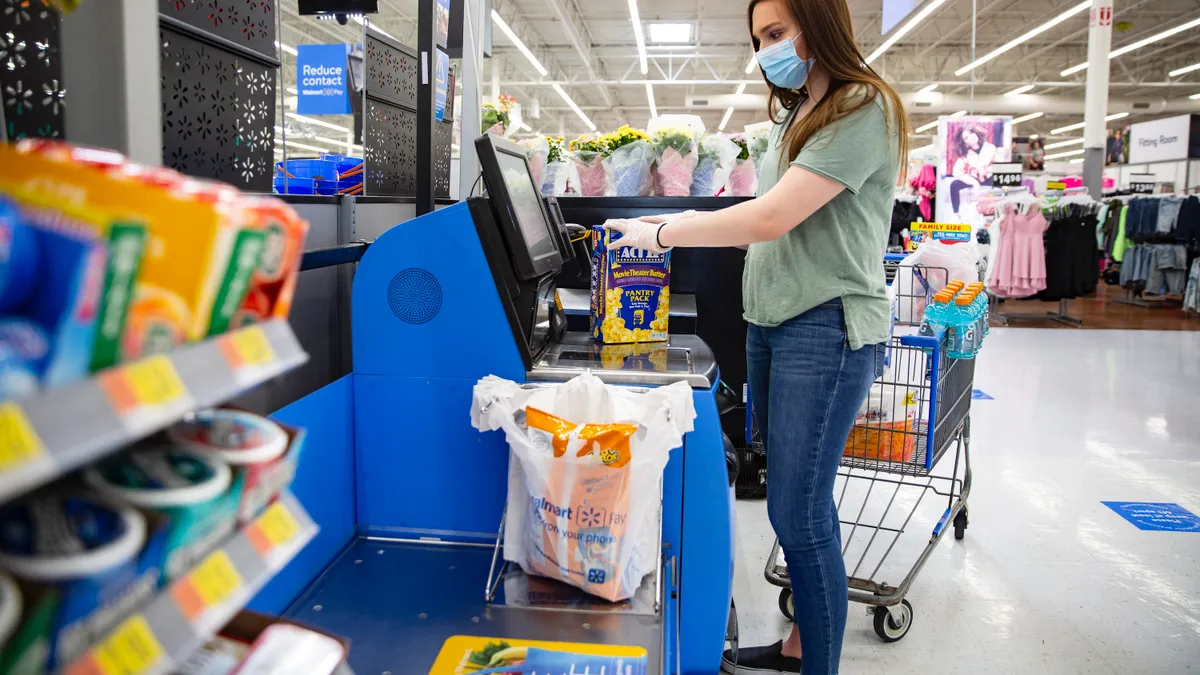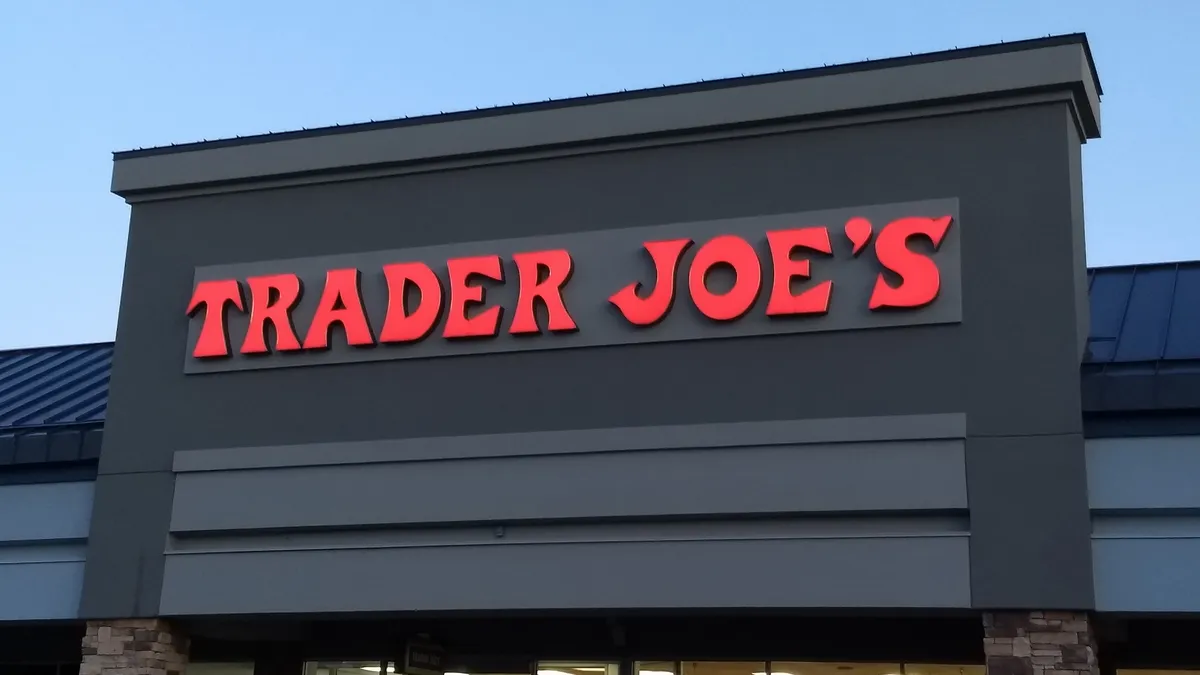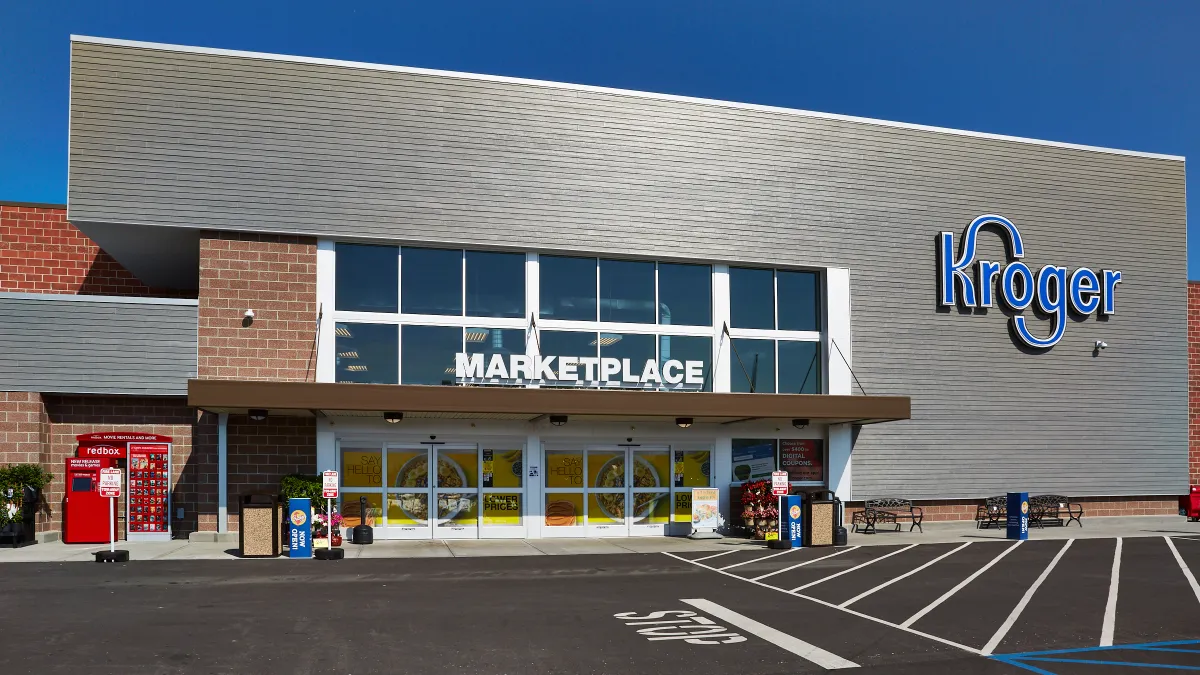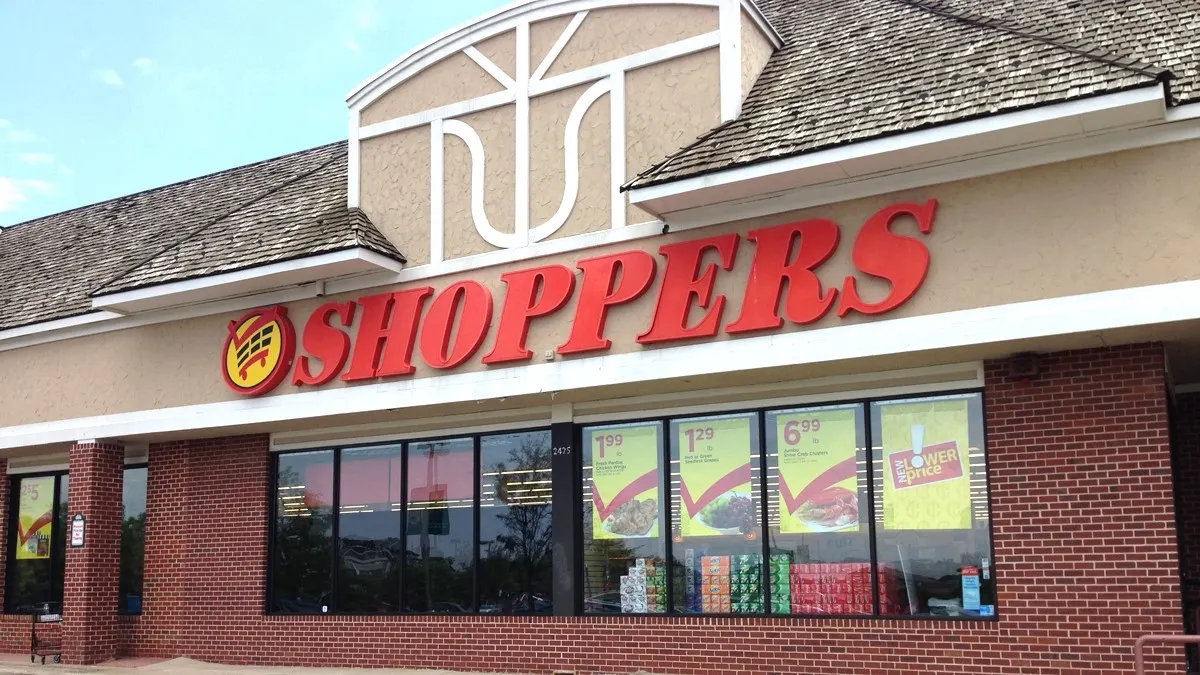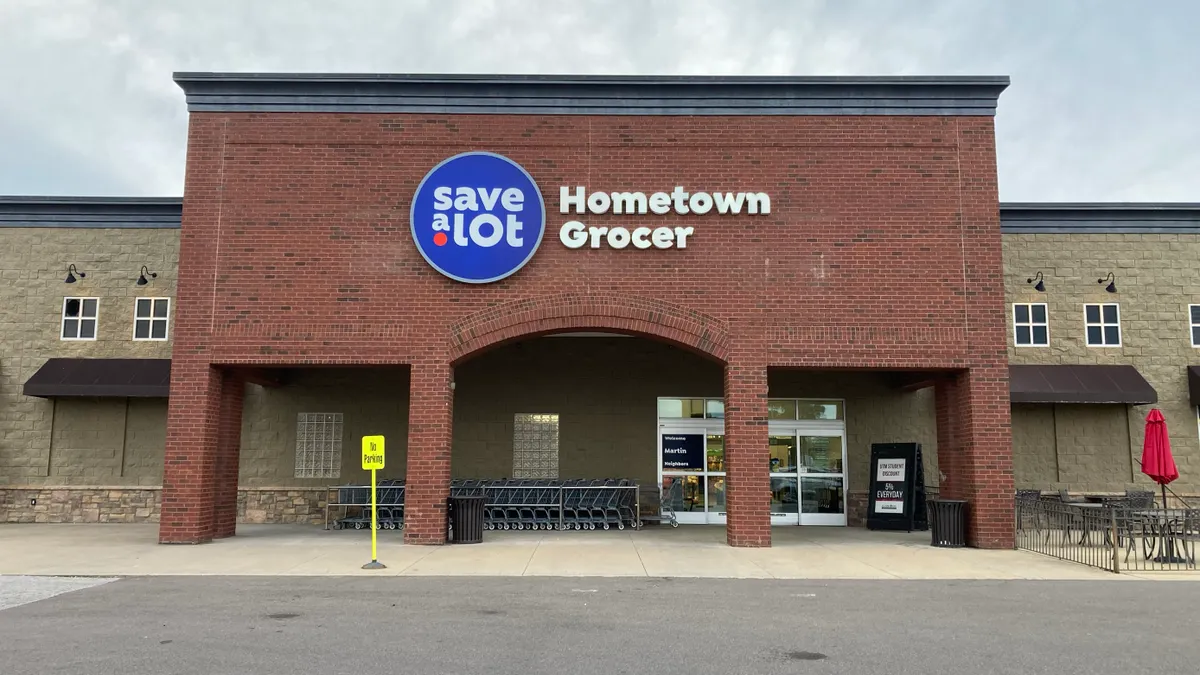Joel Staley is a communications consultant with more than 20 years of experience working for the world’s largest PR firms and corporations like Walt Disney Parks & Resorts. He specializes in spokesperson training, crisis communications and brand messaging development.
Retail grocers have faced dozens of challenges over the years, from ruined romaine lettuce to poisoned pain pills, but the COVID-19 pandemic may test you in ways none could have imagined. Combining the high-touch, high-traffic nature of the store environment with rapidly changing operational guidance from official sources puts you at greater risk of reputational harm. With past issues such as contaminated food, supermarkets were simply the point of purchase and not the source of the problem. Considering the current confusion regarding COVID-19 and how it’s transmitted, any misstep might be all it takes to cast you as a contributor in the story of who is to blame. Managing communications is paramount to side-stepping the blame game and maintaining the trust of your customers as an organization that is getting it right.
Be Sympathetic
As you manage your communications around the pandemic and related issues, please keep in mind that many consumers are viewing it with a bundle of mixed emotions including fear, annoyance and even anger. Vulnerable populations like the elderly or those with underlying health conditions are afraid. People are annoyed to stay home and miss favorite pastimes and activities. Others are angry they have lost their jobs or businesses they have worked for years to build. The point is people are on edge and searching for organizations they can trust as well as those they can blame.
Grocers must be sympathetic in their communications while striving to be a source of comfort and constancy. Those who fulfill this role well stand to strengthen relationships and brand loyalty with customers. Those who appear to betray customer trust through indifferent or callous communications risk the relationship that drives their revenues and market share.
Rely on Experts
Many grocers have done well in posting store hours, sharing their approach to disinfecting high touch surfaces in their stores and training employees to help prevent the spread of the virus. But where they have diverged is in sharing information about employees who have tested positive for COVID-19. First and foremost, you should guide decisions about COVID-19 per requirements and recommendations of the appropriate institutions such as the CDC. However, you also should be sure to communicate to your customers that you are relying on these institutions and regulators in making decisions about the pandemic. Customers trust you to operate your stores competently, but they trust the CDC as the official expert on pandemics. Be clear that you do, too.
Transparency
The next principle to guide you in these decisions is transparency. Tell people what they need to know to make important decisions that affect their lives and those of their family members. Some chains like Trader Joe’s and Giant Food have notified customers via statement shared with local media of stores where an employee has tested positive. Some, like Sprouts, have posted the information including locations and dates of positive COVID-19 employee tests to their website. Others, including Publix, make the information available by request only. Each one of these approaches has its merit, but concern for the customer must be the ultimate guide. When in doubt, err on the side of sharing more rather than less. Don’t make consumers and/or the media chase you for critical information. In the short term, sharing this information with customers may be a little painful, but in the long term, you will have earned their trust and the opportunity to continue doing business with them.
Admit Mistakes
Most have never dealt with a pandemic of these proportions, and so it is likely you will make mistakes along the way. Be transparent about mistakes and explain rather than defend them. Most importantly, explain what action you are taking to correct the mistake, make things right and ensure it does not happen again. If the mistake took place as a matter of policy at a national level, then the company CEO should act as spokesperson on the issue. If it’s just one store that has gone rogue, then a regional leader over the store manager may be sufficient to address the issue. However, if the particular case is complicated due to multiple positive employee tests in one location, issues of race or gender, or is getting national media attention, then the CEO should step in as spokesperson even if only one store is involved.
Whatever you do, don’t try to cover up the mistake. It will come to light, and an attempted cover-up is a betrayal of trust that customers have a hard time forgiving. Many of life’s most infamous scandals are the result of a cover up. After such a betrayal, no matter how good your offer, discount or service, customers may be reluctant to trust you to make good on those offers.
Scenario Planning
Engage in scenario planning in order to anticipate what the pandemic might throw at you next, and how you will handle it. Beyond an employee testing positive for COVID-19, scenarios you plan for should anticipate a variety of possible outcomes such as social media attacks, negative media coverage, an investigation opened by a regulatory body, or increased scrutiny by an elected official. Include in the plan how you will respond and mitigate each of these situations. Collaborate with the corresponding operational leaders of your organization in creating your plans. Include specifics like what audiences you will need to communicate to, which communications channels will be best and what messages you will need to convey. Be sure to update your scenario planning as the pandemic evolves.
Learn From the Past
Finally, as you respond to pandemic-related situations that arise, don’t forget lessons of the past. Today, Tylenol is one of the most trusted names in pain relief, but in 1982, their future was very much in doubt. There were a series of poisoning deaths from drug tampering in the Chicago metropolitan area in September of that year. The seven victims had taken Tylenol-branded acetaminophen capsules that had been laced with potassium cyanide. In a bold move, Johnson & Johnson, the parent brand, pulled $100 million in product from the shelves and ran ads telling the public not to consume any of its acetaminophen capsules. Johnson & Johnson also offered to exchange all Tylenol capsules already purchased by the public for solid tablets.
It may seem like a tremendous expense, but it is what was required to preserve consumer trust in the Tylenol brand. Initially, its market share collapsed from 35% to 8%, but rebounded in less than a year. A few months after it pulled its product, Tylenol reintroduced its capsules, but in a new, triple-sealed safety package which became the industry standard. In hindsight, these actions are credited with saving the brand and helping it regain the highest market share for the over-the-counter pain relief in the U.S.
The lesson for all here is put customers first and consider it an investment in your brand’s reputation. In the long term, customer trust is the element that allows you to succeed in business. Neglect it, and you will just be a doubt in the back of consumers’ minds as they shop around for a brand that will put their needs first.


